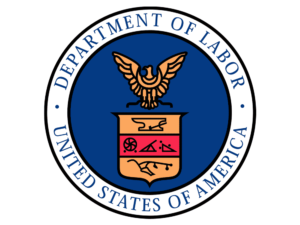The federal government has announced plans to freeze most Adverse Effect Wage Rates at 2020 levels for two years and begin tying them to a labor cost index after that.
This week, the U.S. Department of Labor announced a final rule change to the methodology used to set the Adverse Effect Wage Rate, or AEWR, a floor rate paid to H-2A workers to prevent those wages from driving down wages for domestic employees. Starting in 2023, the Labor Department will change the AEWR based on changes to the federal Employment Cost Index, a tally of labor costs across the entire U.S. job market.
Up until now, the Labor Department has set AEWR based on wage data from the U.S. Department of Agriculture’s annual Farm Labor Survey and the U.S. Bureau of Labor Statistics’ Occupational Employment Statistics survey. In late September, the USDA announced it would not conduct the Farm Labor Survey.
Agricultural employer groups have long sought relief from increases to the AEWR, while farmworker rights groups have opposed the changes they suspect are attempts to suppress worker wages. By law, employers must pay H-2A workers the highest of the AEWR, the state or federal minimum wage, a negotiated contract or a prevailing wage in states that use a prevailing wage.
In 2020, the AEWR was $15.83 for Washington and Oregon, $14.77 for California, $14.40 for Michigan, $14.29 for New York and $13.34 for Pennsylvania.
The rule change affects about 97 percent of all H-2A jobs, said Michael Marsh, president of the National Council of Agricultural Employers.
The Labor Department still intends to make final rule changes based on wide-ranging H-2A program changes proposed in July 2019, but officials wanted to amend the AEWR before the end of the calendar year, according to the final rule, which will take effect 45 days after it is published in the Federal Register. Other proposed changes include encouraging digital signatures, allowing staggered start dates and expanding enforcement options for regulators.
—by Ross Courtney









Leave A Comment